GPCR/G protein

All GPCRs share a common seven trans-membrane structure. GPCRs are associated with heterotrimeric G-proteins which are GTP-binding proteins made of alpha, beta, and gamma subunits. When a ligand binds to GPCR, it activates the attached G-protein, the GDP is replaced with GTP. The activated G-protein then dissociates into an alpha and a beta-gamma complex which activates downstream signaling pathways. These intracellular signaling pathways include cAMP/PKA, calcium/NFAT, phospholipase C, protein tyrosine kinases, MAP kinases, PI-3-kinase, nitric oxide/cGMP, Rho, and JAK/STAT.
GPCRs are one of the most important therapeutic targets for various diseases, over 30% of all modern medicinal drugs target this family. Aberrant GPCR functions are involved in pathological conditions such as neurological, immunological and hormonal disorders. A large number of GPCRs have been identified, but whose ligands are not known, are classified as orphan receptors.
-
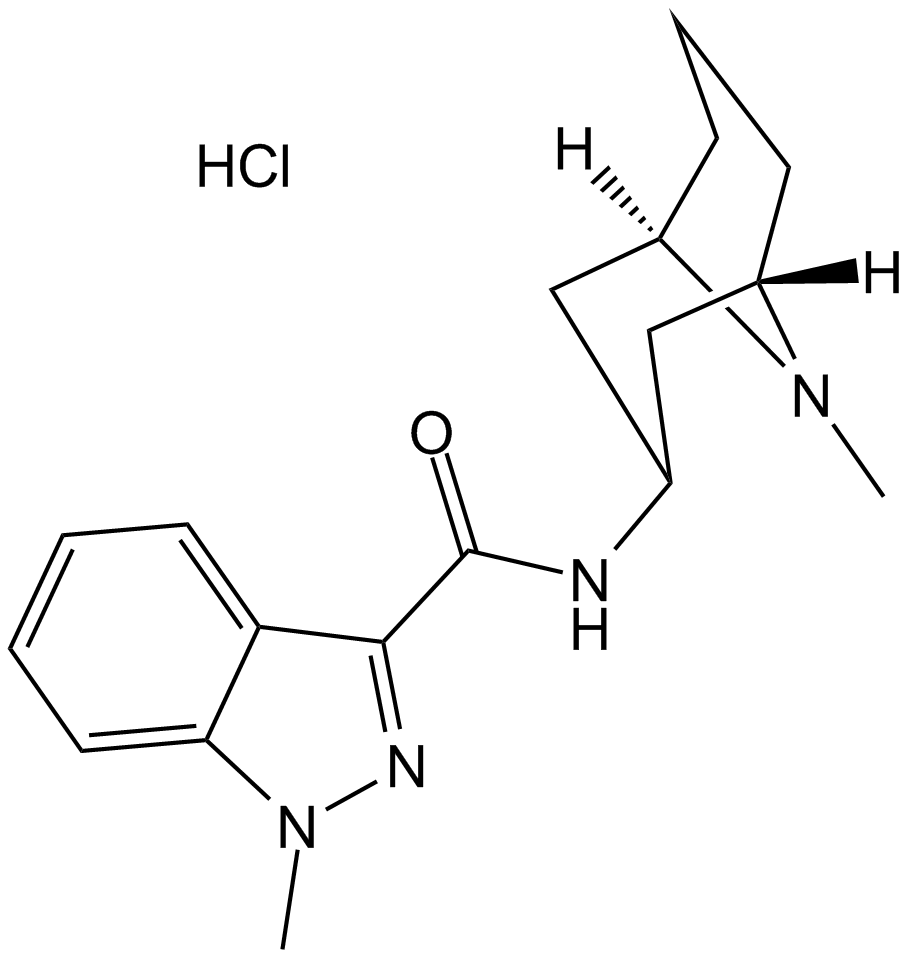 A1295 Granisetron HClSummary: 5-HT3 receptor antagonist
A1295 Granisetron HClSummary: 5-HT3 receptor antagonist -
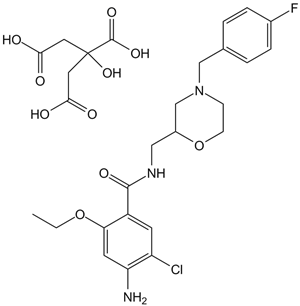 A1334 Mosapride CitrateTarget: 5-HT3 Receptors|5-HT4 ReceptorsSummary: 5-HT receptor agonist
A1334 Mosapride CitrateTarget: 5-HT3 Receptors|5-HT4 ReceptorsSummary: 5-HT receptor agonist -
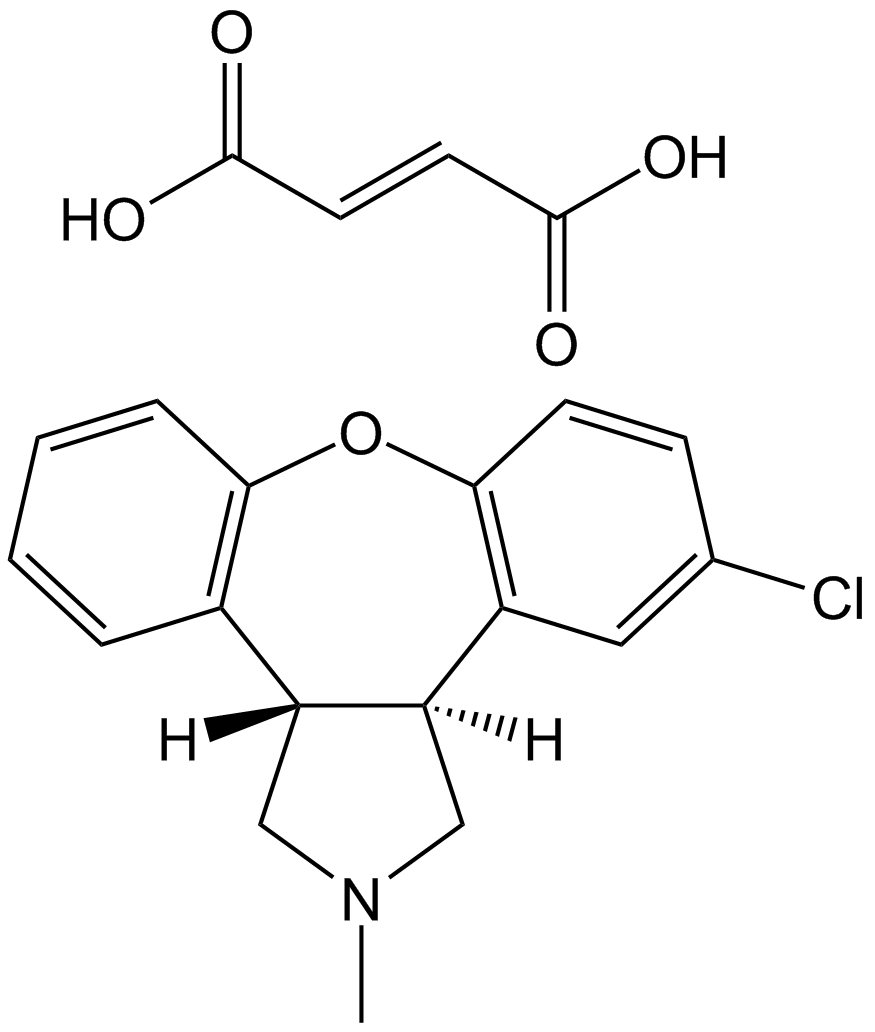 A5010 AsenapineSummary: Inhibits adrenergic receptor/5-HT receptor
A5010 AsenapineSummary: Inhibits adrenergic receptor/5-HT receptor -
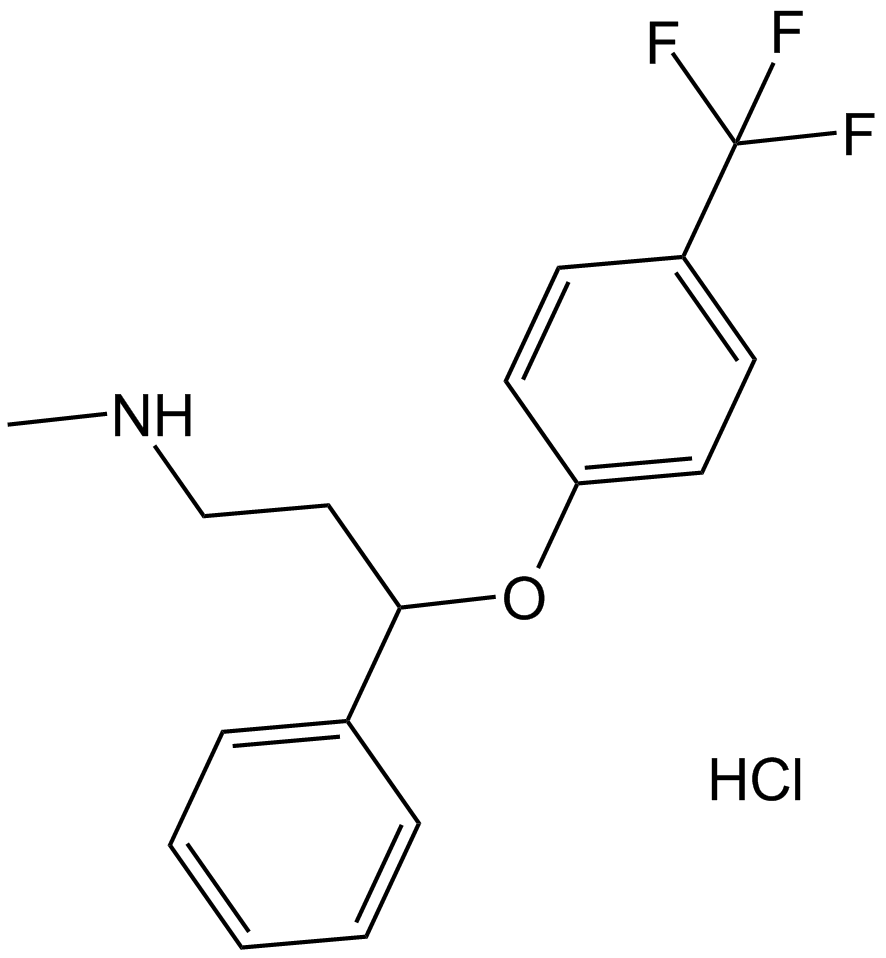 A2436 Fluoxetine HClTarget: Serotonin (5-HT) reuptakeSummary: Serotonin reuptake inhibitor,selective
A2436 Fluoxetine HClTarget: Serotonin (5-HT) reuptakeSummary: Serotonin reuptake inhibitor,selective -
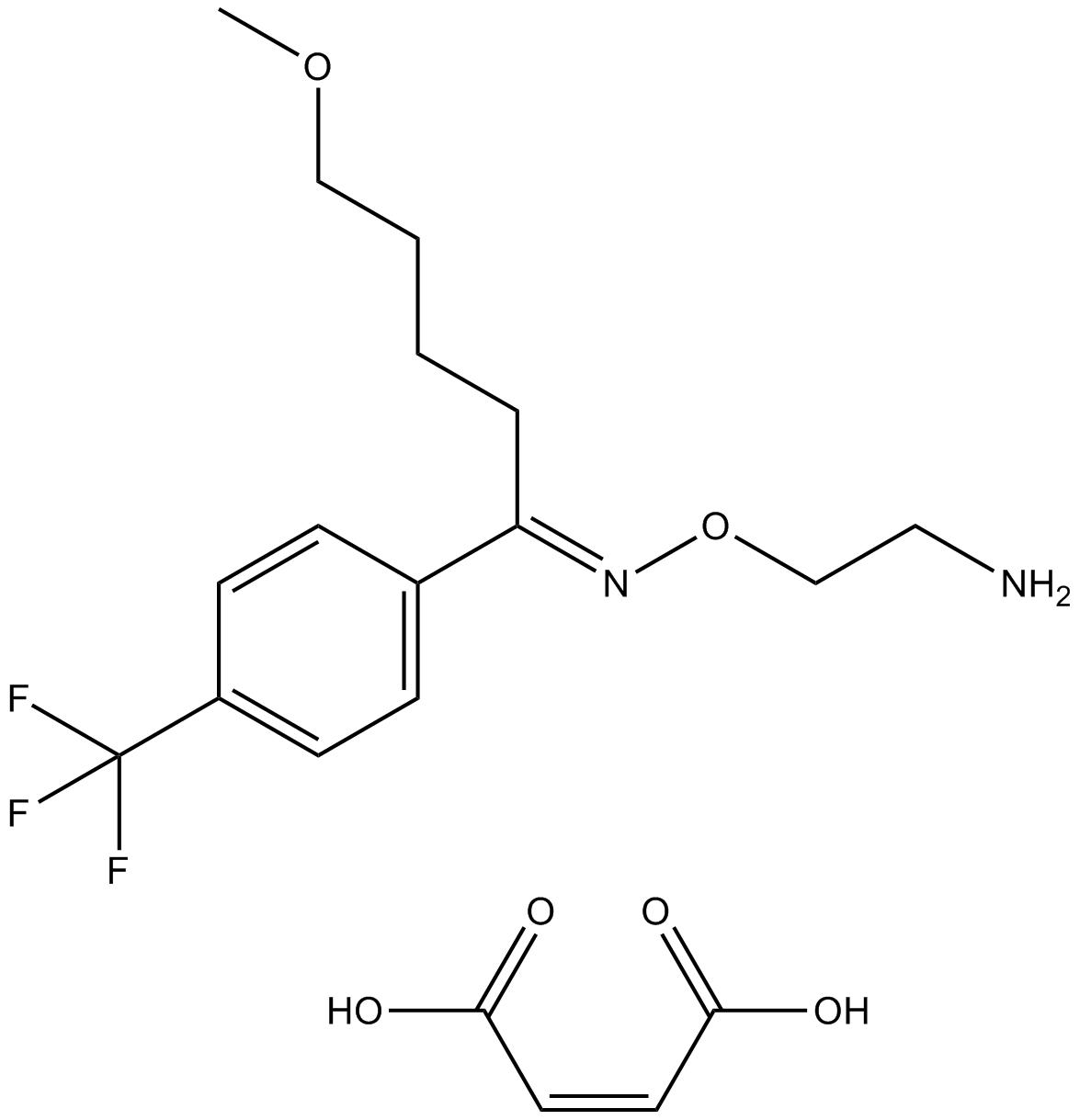 A2553 Fluvoxamine maleateSummary: Serotonin reuptake inhibitor,selective,antidepressant
A2553 Fluvoxamine maleateSummary: Serotonin reuptake inhibitor,selective,antidepressant -
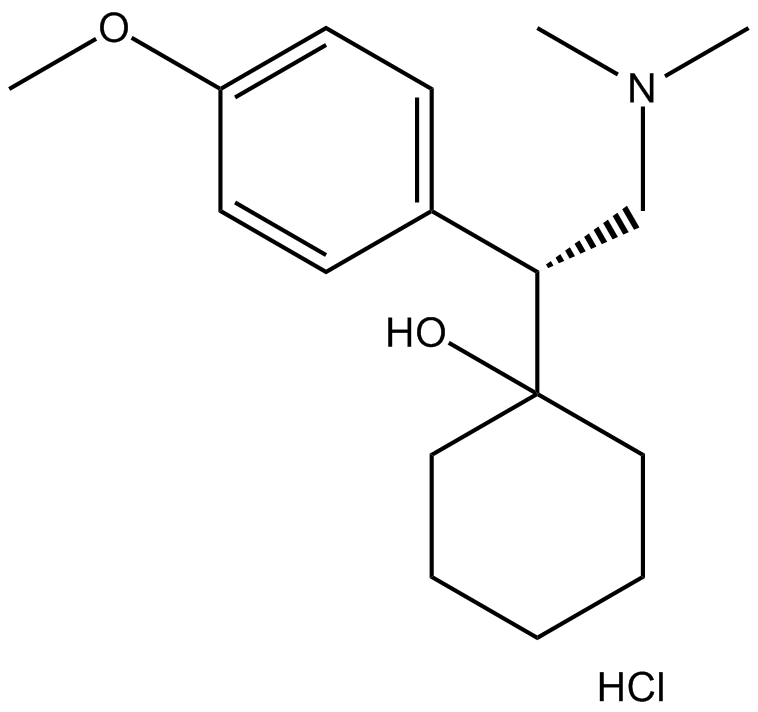 A5355 VenlafaxineSummary: Dual serotonin/noradrenalin re-uptake inhibitor
A5355 VenlafaxineSummary: Dual serotonin/noradrenalin re-uptake inhibitor -
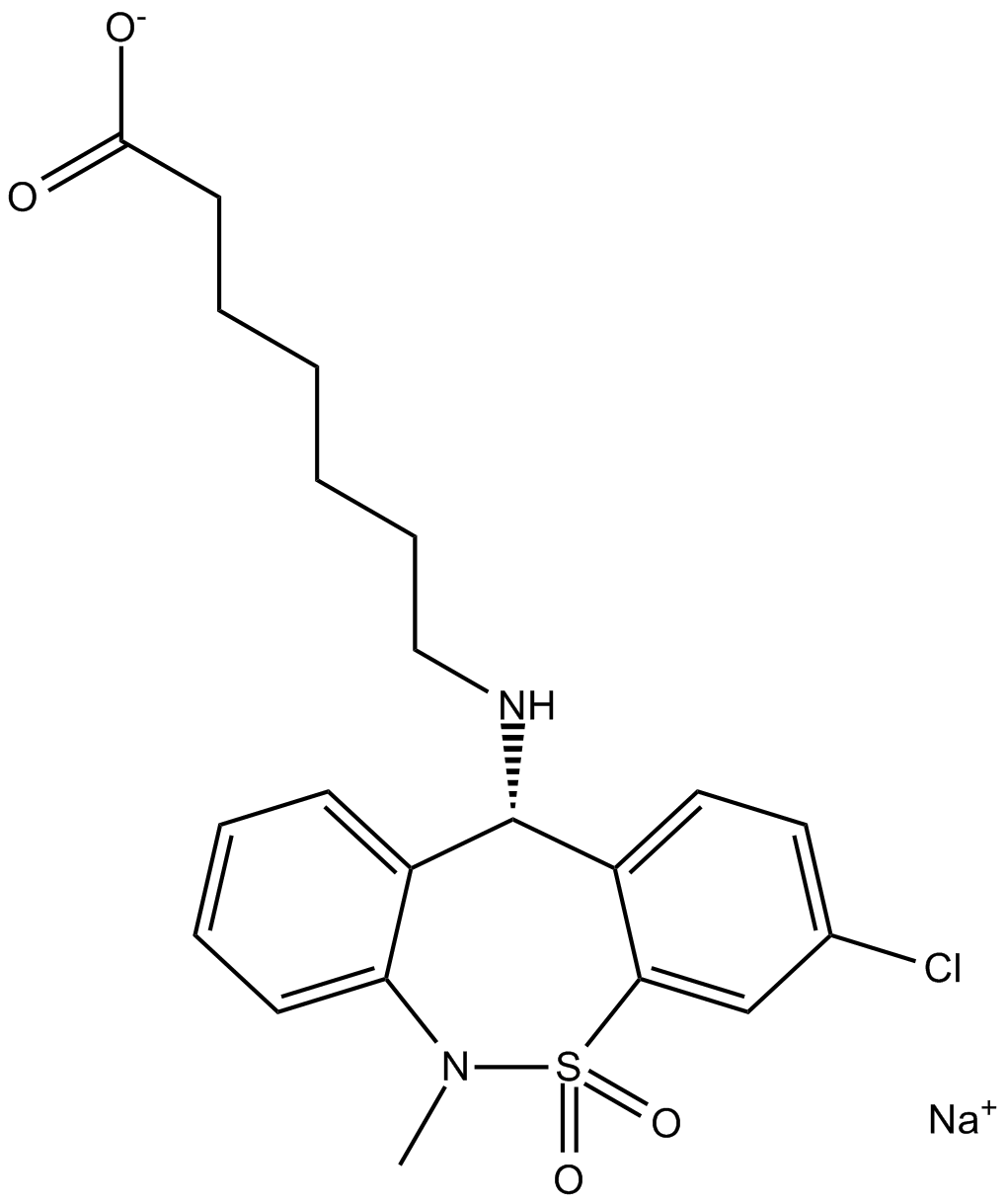 A5322 Tianeptine sodiumSummary: 5-HT uptake facilitator,selective,antidepressant
A5322 Tianeptine sodiumSummary: 5-HT uptake facilitator,selective,antidepressant -
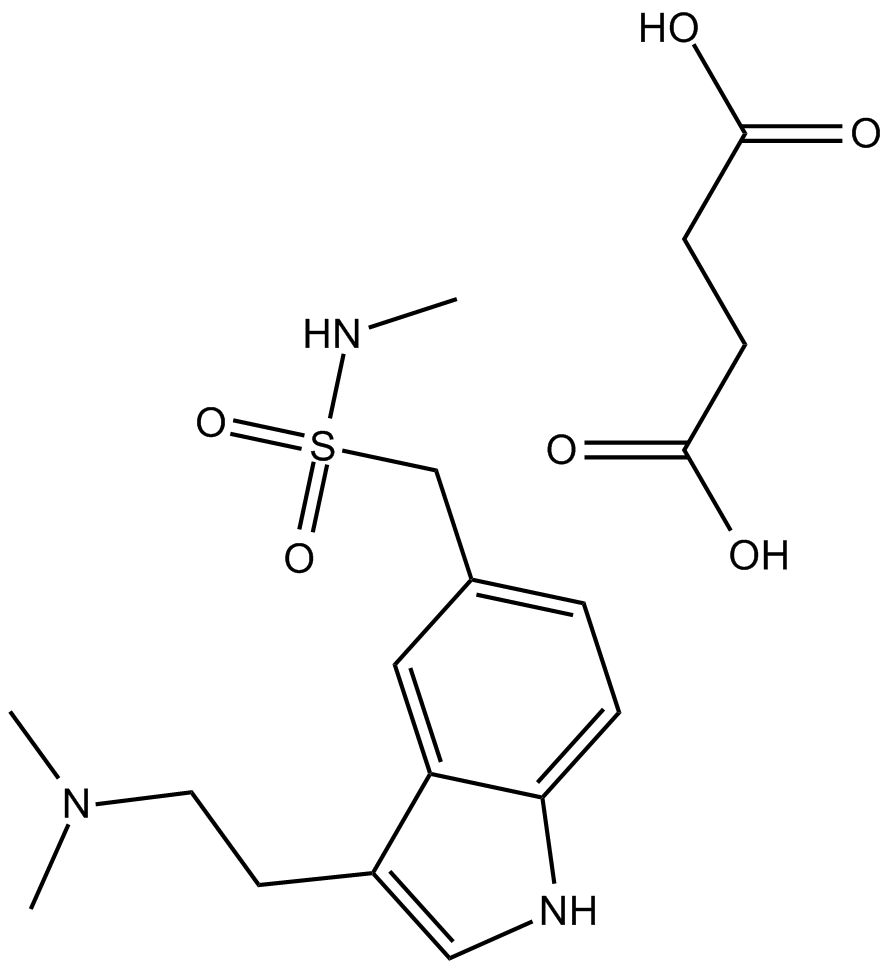 A5294 Sumatriptan SuccinateTarget: 5-HT1 ReceptorsSummary: 5-HT1 receptor agonist
A5294 Sumatriptan SuccinateTarget: 5-HT1 ReceptorsSummary: 5-HT1 receptor agonist -
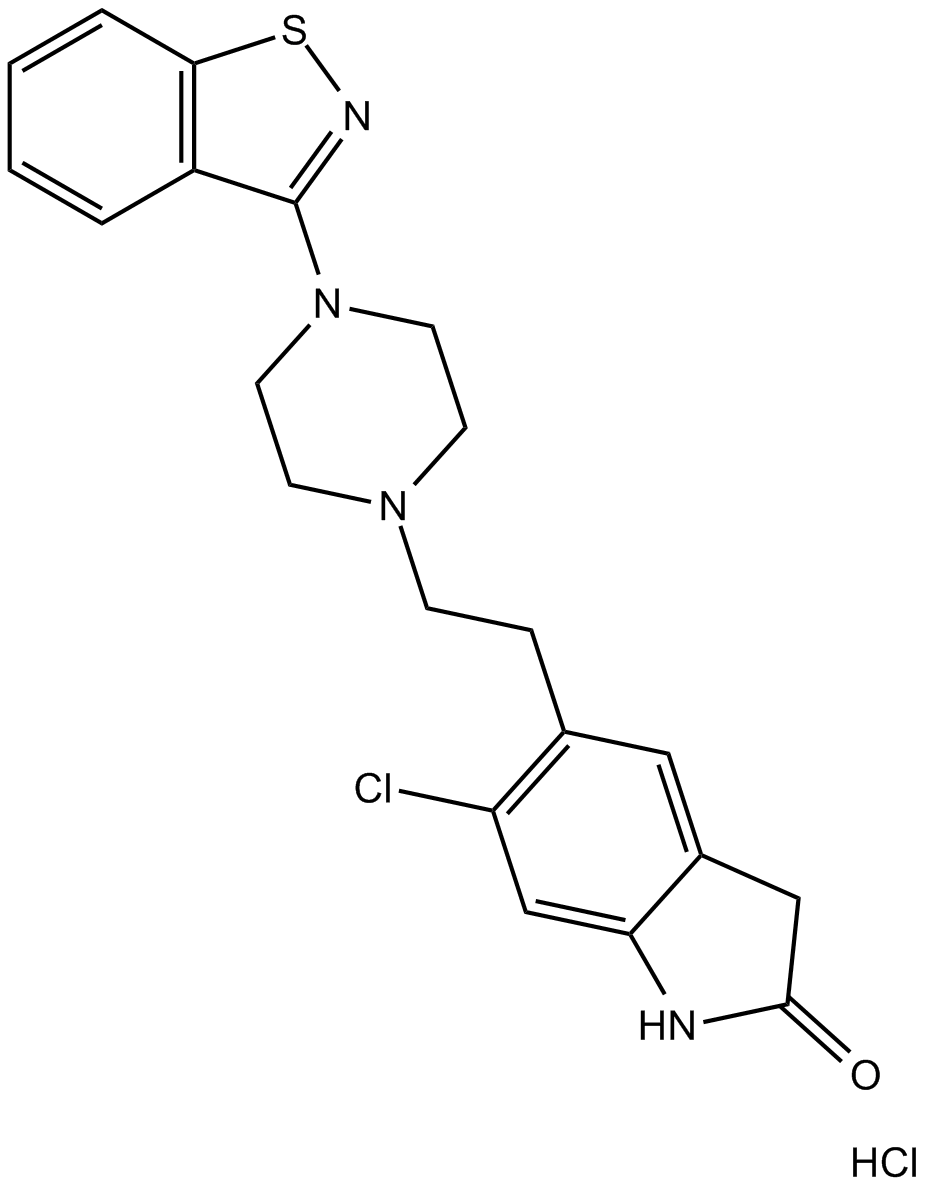 A5350 Ziprasidone HClSummary: Serotonin and dopamine receptor antagonist
A5350 Ziprasidone HClSummary: Serotonin and dopamine receptor antagonist -
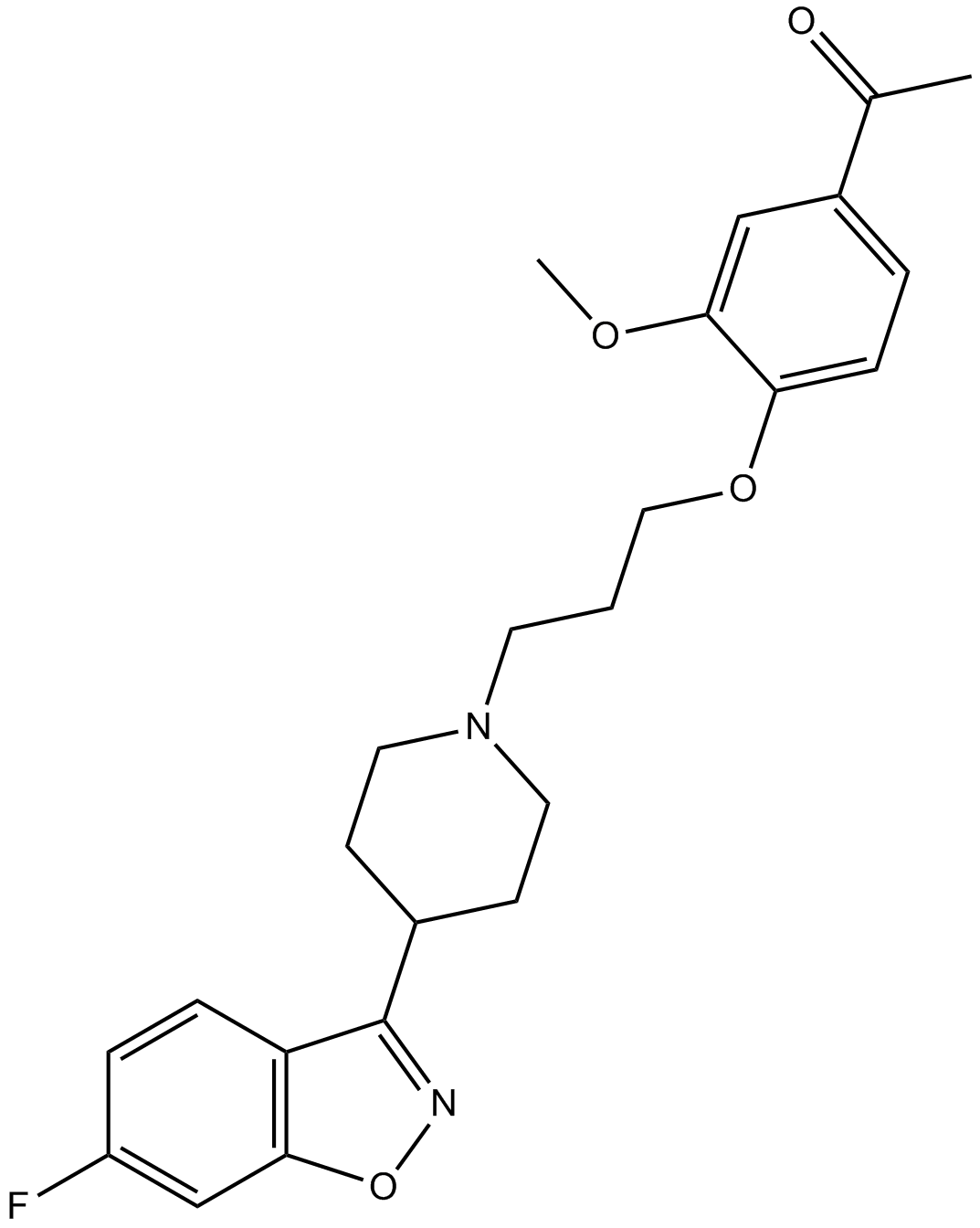 A5399 IloperidoneSummary: Dopamine (D2) and serotonin (5HT2) receptor antagonist
A5399 IloperidoneSummary: Dopamine (D2) and serotonin (5HT2) receptor antagonist

